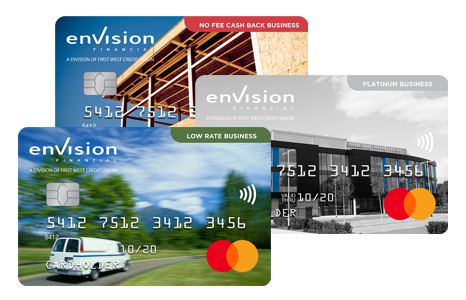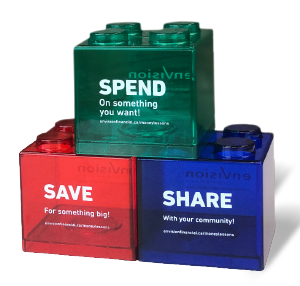Scenario 1:
Your child’s goal is the brand-new $80 Lego toy that everybody at school is talking about. He or she receives $20 as a birthday present, here's a sample coin bank division.
SPEND $5 | SAVE $10 | SHARE $5
Scenario 2:
Your child’s goal is to buy a $10 comic book to read for your upcoming road trip. They’ve recently completed an entire list of chores. With $10 ready to go into the bank, here’s what that could look like.
SPEND $5 | SAVE $2.50 | SHARE $2.50
Scenario 3:
Your family just adopted a puppy, and your child wants to continue to support the shelter by making a donation. They have $15 to deposit in the three banks, here’s how a split could work.
SPEND $1.50 | SAVE $1.50 | SHARE $12














